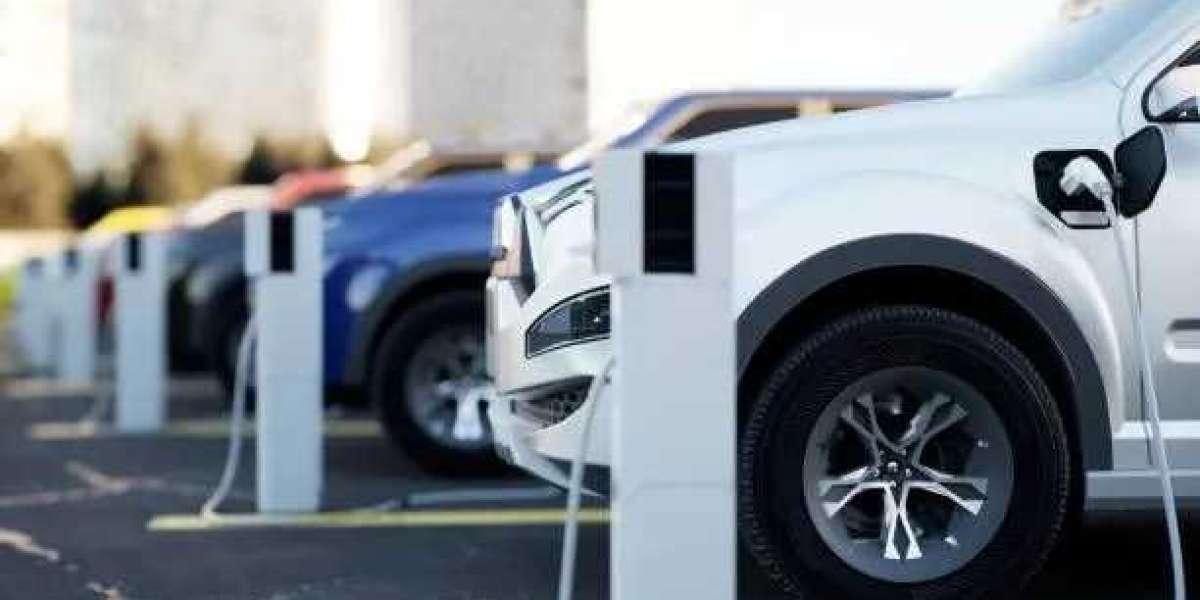Introduction
Topper Company, a Professional EV Charger Manufacturer in China, Provides Reliable Electric Vehicle Charging Stations and Comprehensive Charging Solutions.
As electric vehicles (EVs) gain popularity, many drivers wonder how their maintenance compares to traditional internal combustion engine (ICE) vehicles. While EVs are often praised for requiring less upkeep, they still need regular maintenance to ensure optimal performance and longevity. This guide outlines the key maintenance tasks for electric vehicles—from battery care to tire rotations—and highlights how EV maintenance differs from that of ICE vehicles.
Electric vehicle maintenance combines familiar tasks shared with ICE vehicles and EV-specific responsibilities. EVs have fewer moving parts and don’t require oil changes or exhaust system repairs, but components like tires, brakes, and cooling systems still demand attention. Below, we break down the essential maintenance areas for electric vehicles.
Electric Vehicle Maintenance Guide
1. Battery Maintenance
The battery is the heart of an EV, critical for performance and lifespan. According to the U.S. National Renewable Energy Laboratory (NREL), modern EV batteries typically last 12 to 15 years in moderate climates. However, in extreme temperature environments—very hot or cold—battery life may shorten to 8 to 12 years.
Tips to Extend Battery Life:
Avoid Extreme Temperatures: Park in a garage or shaded area to protect the battery from heat or cold.
Maintain Optimal Charge Levels: Keep daily charge between 20% and 80%; avoid frequent full charges or deep discharges.
Limit Fast Charging: Use Level 2 chargers for routine charging; reserve fast chargers for occasional use to reduce battery strain.
Keep Software Updated: Many EVs receive over-the-air updates that optimize battery performance—ensure your vehicle’s software is current.
2. Brake System Maintenance
EVs use traditional brake components like disks and pads but benefit from regenerative braking, which recaptures energy and reduces brake wear. Although regenerative braking extends brake life, regular brake maintenance remains necessary.
Brake Care Recommendations:
Follow manufacturer guidelines for inspections and servicing.
Regularly check brake fluid levels and replace fluid as needed.
Pay attention to any changes in braking feel, noises, or responsiveness.
3. Cooling System Maintenance
Contrary to some beliefs, EVs have cooling systems to regulate battery temperature. Most use liquid cooling similar to radiators in ICE vehicles, essential for battery health and stable performance.
Cooling System Tips:
Inspect the system regularly for leaks or damage.
Ensure coolant levels meet manufacturer standards; replace coolant as recommended.
Keep cooling system components clean and free of debris to maintain airflow.
4. Tire Maintenance
Due to instant torque and heavier battery weight, EVs can cause faster tire wear. Proper tire care is vital for safety, efficiency, and performance.
Tire Maintenance Tips:
Check tire pressure every few weeks; underinflated tires reduce range and wear unevenly.
Rotate tires regularly as per manufacturer recommendations to promote even wear.
Monitor tread depth and replace tires when worn to maintain safety.
Have wheel alignment checked periodically to prevent uneven wear and handling issues.
5. Cabin Air Filter Maintenance
The cabin air filter traps dust, pollen, and pollutants to keep interior air clean. Over time, clogged filters reduce HVAC efficiency.
Filter Care:
Replace filters typically every 12,000 to 15,000 miles, or more frequently in dusty environments.
6. Windshield Wiper and Fluid Maintenance
Clear visibility is essential, making wiper blades and fluid key safety features.
Wiper Tips:
Inspect blades seasonally; replace every six months or if performance declines.
Keep wiper fluid topped up; use de-icing fluid in cold climates.
Clean the windshield regularly to extend wiper blade life.
Additional Maintenance Considerations
Software Updates: Regular vehicle updates improve features and fix issues—keep your EV’s software current.
Charging Equipment: For home chargers, inspect cables and connectors regularly; keep ports clean.
Suspension and Alignment: The heavier battery weight can stress suspension; periodic checks help maintain ride quality.
Benefits of EV Maintenance
Extended Lifespan: Proper care prolongs battery, brake, and tire life.
Improved Performance: Well-maintained EVs deliver better range and efficiency.
Enhanced Safety: Routine checks keep brakes, tires, and visibility systems reliable.
Cost Savings: Preventative maintenance helps avoid costly repairs.
Conclusion
Electric vehicles offer a simpler and often less costly maintenance experience compared to ICE vehicles. By following manufacturer recommendations and staying proactive with battery care, tire rotations, and brake inspections, you can keep your EV running smoothly for years. As EV adoption grows, understanding these maintenance needs helps you maximize your vehicle’s benefits—from lower operating costs to reduced environmental impact. Whether you’re a new EV owner or considering switching, proper maintenance is key to a seamless and enjoyable driving experience.Know more about Google SEO Directory



